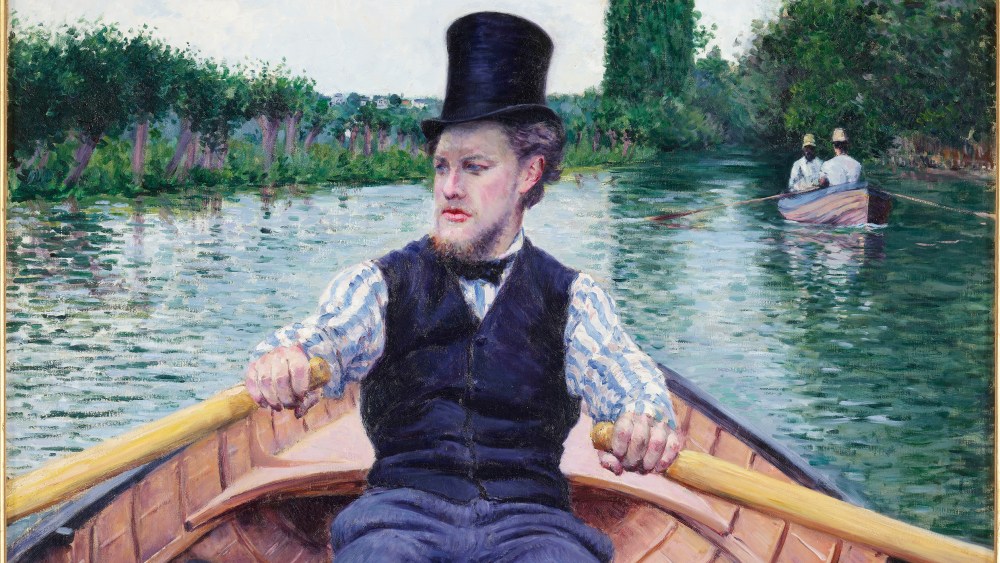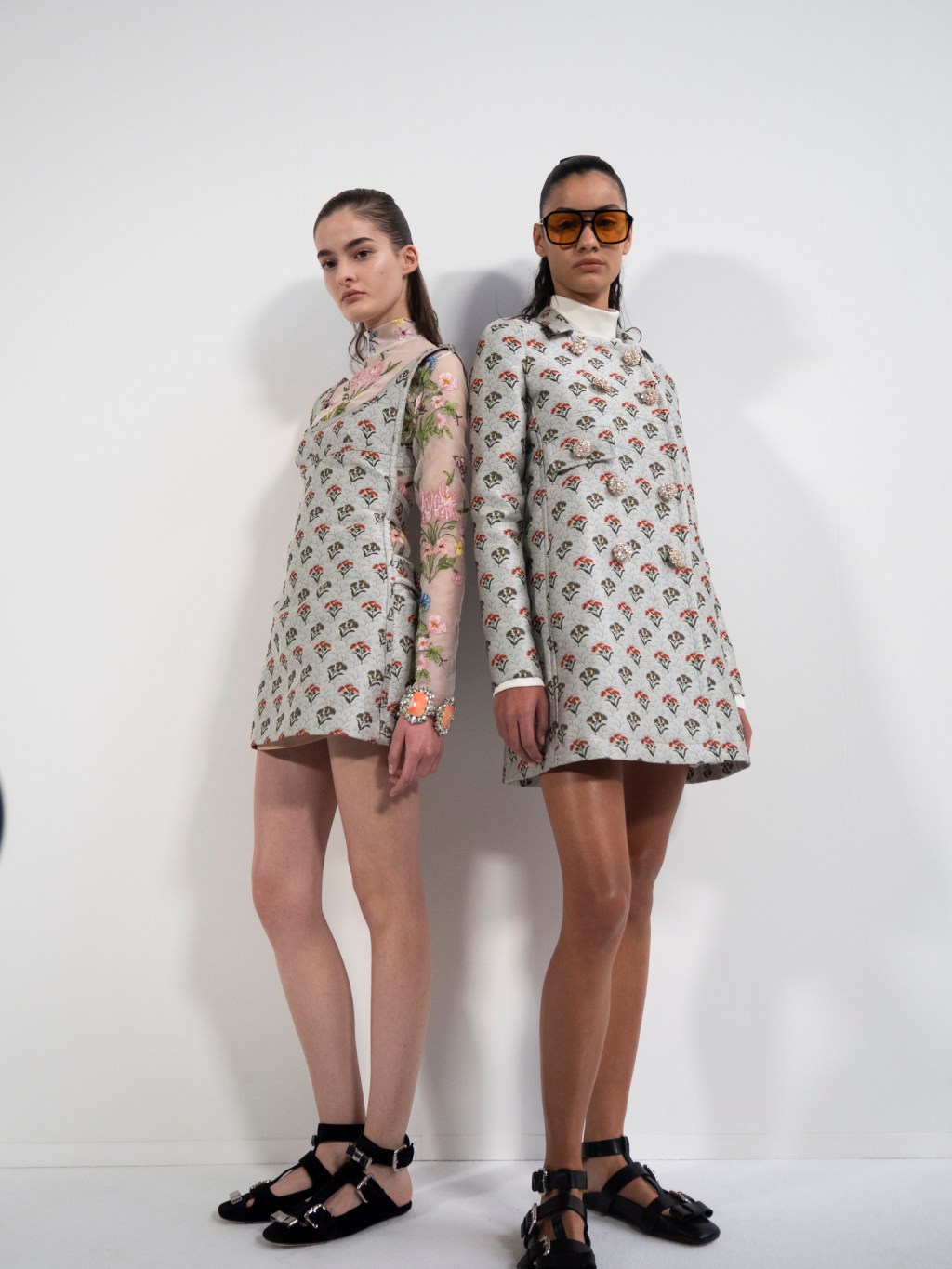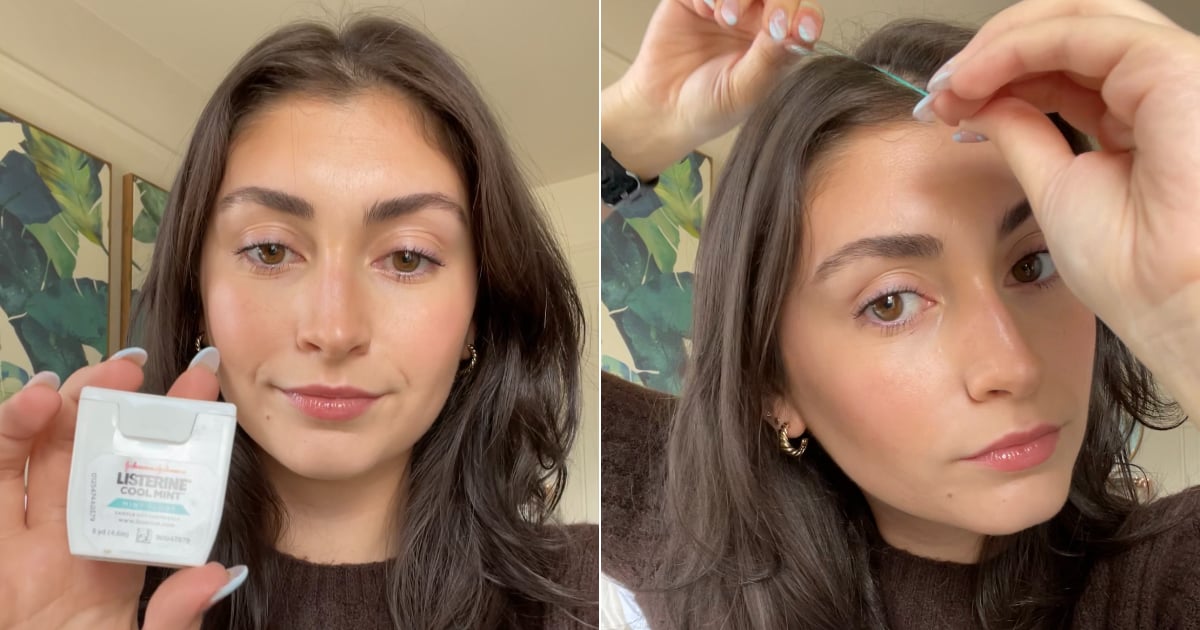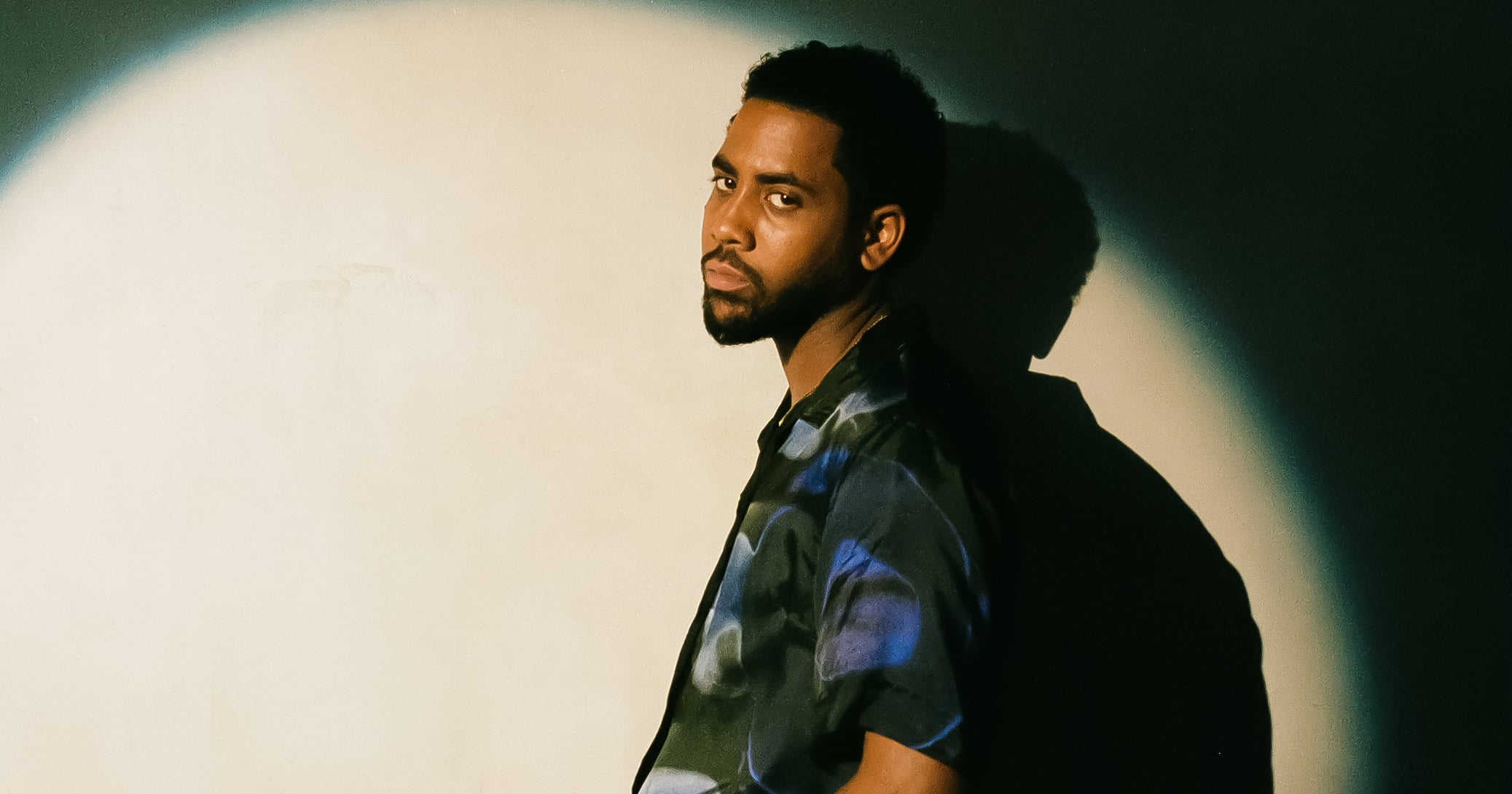PARIS — Louis Vuitton’s temporary flagship on 57th Street in New York City boasts special features including a restaurant and towers of trunks — and for the next three weeks, it will also host a couple of museum-grade paintings.
The Fondation Louis Vuitton has partnered with Musée d’Orsay in Paris and the J. Paul Getty Museum in Los Angeles for an exhibition of two major works by French Impressionist painter Gustave Caillebotte, underscoring the growing synergies between fashion and art, even as public funding for culture dries up on both sides of the Atlantic.
Visitors can book free tickets to view “Boating Party,” held in the permanent collection of the Musée d’Orsay, and “Young Man at His Window,” acquired by the Getty museum in 2021.
You May Also Like
The exhibition will run from Tuesday until Nov. 16 in a temporary Espace Louis Vuitton gallery space located on the fifth floor of the Vuitton mega-store, which opened last November while the brand’s historic Fifth Avenue flagship undergoes extensive renovations.
It comes on the heels of the “Caillebotte: Painting Men” exhibition, which bowed at the Musée d’Orsay in 2024, before traveling to the Getty museum and then the Art Institute of Chicago, where it concluded its run on Oct. 5.
Jean-Paul Claverie, adviser to LVMH Moët Hennessy Louis Vuitton chairman and chief executive officer Bernard Arnault, said the institutions joined forces to present the paintings in New York, where Caillebotte’s work does not have a major museum presence, before they return to their respective homes.
“It’s a gift to the people of New York and to anyone visiting the city,” said the executive, who oversees the group’s arts and cultural patronage.
The initiative stems from Vuitton’s ongoing partnership with the Musée d’Orsay. The French luxury brand is helping to fund a three-year renovation program at the museum, and has supported exhibitions including the Caillebotte show, reflecting its broader ambition to position itself as a cultural entity.

Vuitton has also used the museum, known for its vast collection of Impressionist and post-Impressionist art, for several runway shows by Nicolas Ghesquière, its artistic director of women’s collections.
The New York exhibition underscores parent company LVMH’s role as a major player in the art world, with a 30-year history of patronage including a 43-million-euro donation that allowed the French state in 2021 to acquire “Boating Party,” classified as a national treasure.
“The acquisition of the Caillebotte was a major milestone. It is the most valuable ‘national treasure’ ever acquired for France’s public museum collections,” said Claverie.
Recently, LVMH also contributed to the appeal launched by the Louvre to acquire “The Basket of Strawberries” by Jean Siméon Chardin, which had a starring role at Jonathan Anderson’s first menswear show for Dior in June.
A Funding Crisis
Paul Perrin, director of conservation and collections at the Musée d’Orsay, said the resources at LVMH’s fingertips dwarf the museum’s 3-million-euro annual budget for acquisitions — making the luxury conglomerate a formidable ally for France’s cultural sector.
“The relationship goes both ways: for luxury brands, it adds to their cultural cachet, while for museums, it’s an opportunity to connect with broader audiences and to highlight the enduring relevance of historical art,” he said.
“The fashion sector gets a huge amount of media attention and is closely followed by younger generations in particular. Presenting a Chardin painting in a fashion show is a way to reaffirm the importance of art and museums, and of introducing the world of museums to audiences who might not typically engage with it,” he added.
Perrin noted that the Musée d’Orsay was satisfied that the Espace Louis Vuitton meets all the safety criteria for displaying “Boating Party” — a sensitive point given the recent high-profile robbery of priceless jewels from the Louvre.
“Whenever we exhibit works from the Musée d’Orsay in a new venue, we never do so without first conducting a full site assessment to ensure that the location meets all the necessary criteria,” he said. “Even if this venue was not originally designed for museum exhibitions, it checks all the boxes.”

Katherine E. Fleming, president and CEO of the J. Paul Getty Trust, said she carefully weighed the pros and cons of teaming with the luxury group, though she emphasized that the partnership is with the Fondation Louis Vuitton, not the brand.
“Obviously the thing you want to be attentive to, if you start partnering with luxury, is the fact that it starts to feel elite and starts to therefore feel exclusive — but if you look at it in another way, you’re actually reaching whole new audiences,” she said.
As a nonprofit operating foundation based in California, the J. Paul Getty Trust is self-financing and also hands out grants. It has partnerships with institutions including the Smithsonian’s National Museum of African American History, which is temporarily closed due to the U.S. government shutdown.
“We’re acutely aware of the fact that the sector, especially the publicly funded sector, is under a lot of duress right now, and we’ve had conversations about what that implies for the way we do our own work,” Fleming said.
With the Trump administration imposing restrictions on grants awarded by federal agencies like the National Endowment for the Arts, demand for private funding has sharply increased.
“One of the things that’s really creepy about this moment is that the well-intentioned impulse is to say, ‘Oh, well, those who have the means should run in and plug the gaps.’ But really, the only message that that will convey is that the private sector should be taking care of this, and there is no obligation whatsoever from the public sector,” Fleming remarked.
“In the short term, it feels like a smart thing to do, but in the long term, it really isn’t,” she added. “We’re trying very hard to stick to our own very carefully thought-through strategies, without having our head in the sand.”
A Long-term Vision
In France, the private sector’s involvement in the art world is more recent than in the U.S.
Since its opening in 2014, the Fondation Louis Vuitton has emerged as a key player in the local museum landscape, with its recent David Hockney retrospective drawing almost one million visitors.

Corporate and individual donors in France are entitled to generous fiscal deductions, which has led critics to complain that private art foundations and major acquisitions are in fact heavily subsidized by taxpayers — a source of growing controversy given the political chaos triggered by President Emmanuel Macron’s attempts to push through austerity measures.
“Of course, we’re sensitive to these concerns. It’s a lot of money, and 43 million euros for a painting can seem like an absurd sum to many French people,” acknowledged Perrin. “It does mean an effort on the part of all French citizens, but without this system, we couldn’t afford this type of acquisition. That’s why it’s important to explain how it works and why it matters.”
LVMH often finds itself in the crosshairs of public debate, but Claverie — who has worked alongside Arnault since 1992 — insisted the billionaire’s approach is both long-term and disinterested.
“His vision was rooted in the belief that the group’s success — whether in France or abroad — also depended on the enduring prestige and worldwide influence of French culture,” the adviser said. “Our commitment to cultural patronage has never been driven by tax benefits. We do it out of a genuine passion for culture.”
Claverie sees no contradictions in the marriage of art and commerce. There are six Espace Louis Vuitton galleries worldwide, with current exhibitions including works by Wolfgang Tillmans in Munich, Andy Warhol in Tokyo and Yayoi Kusama in Osaka.
“I really think art can be everywhere,” he said. “The Louis Vuitton flagship in New York is more than a store — it’s a place of emotion and discovery.”



